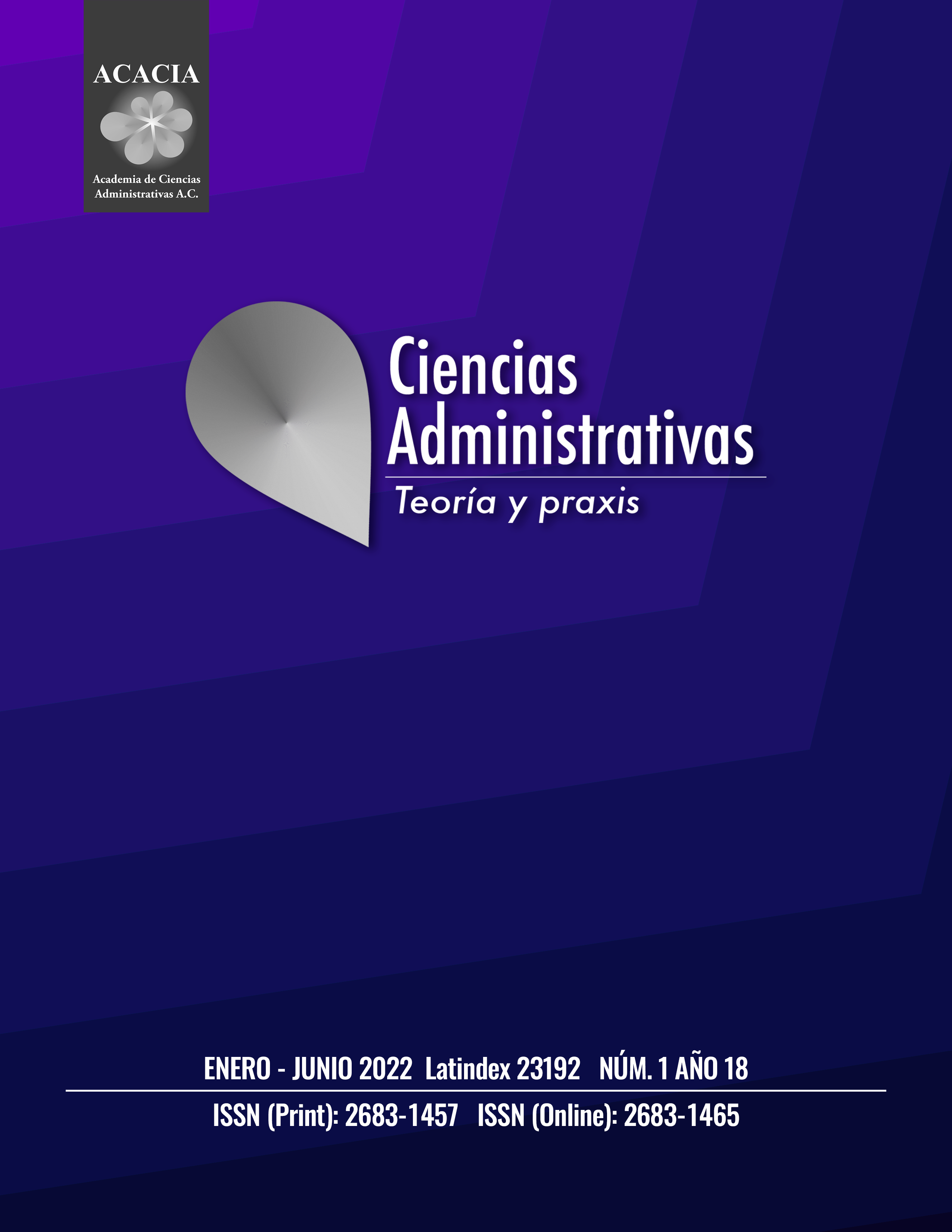Methodological Process Named Risk-Adjusted Net Present Value (RANPV), for the Financial Evaluation of Investment Projects
DOI:
https://doi.org/10.46443/catyp.v18i1.308Keywords:
Corporate Finance, Capital Budgeting, Value at RiskAbstract
This article proposes a measure for the financial evaluation of investment projects, which considers risk, through incorporating the Value at Risk technique. An empirical test on one project is presented to show its efficacy. This is part of a research which applied it to 15 projects, with results which proved superior to the ones produced by the traditional methodologies.
The Discounted Cash Flows method was applied, incorporating the Value at Risk (VaR) procedure, which would provide a decision criterion, based on a given confidence level. This leads to the Risk-Adjusted Net Present Value (RANPV) method.
The decision rules are the project is accepted with a confidence level of 1-alpha if the risk-adjusted NPV (RANPV) in the given confidence level is greater than or equal to zero; otherwise, it is unacceptable. Alternatively, the project is acceptable if the confidence level calculated at the point of zero VPN is equal to or greater than the predetermined confidence level; otherwise, it is unacceptable.

Published
How to Cite
Issue
Section
License

This work is licensed under a Creative Commons Attribution-NonCommercial-NoDerivatives 4.0 International License.















